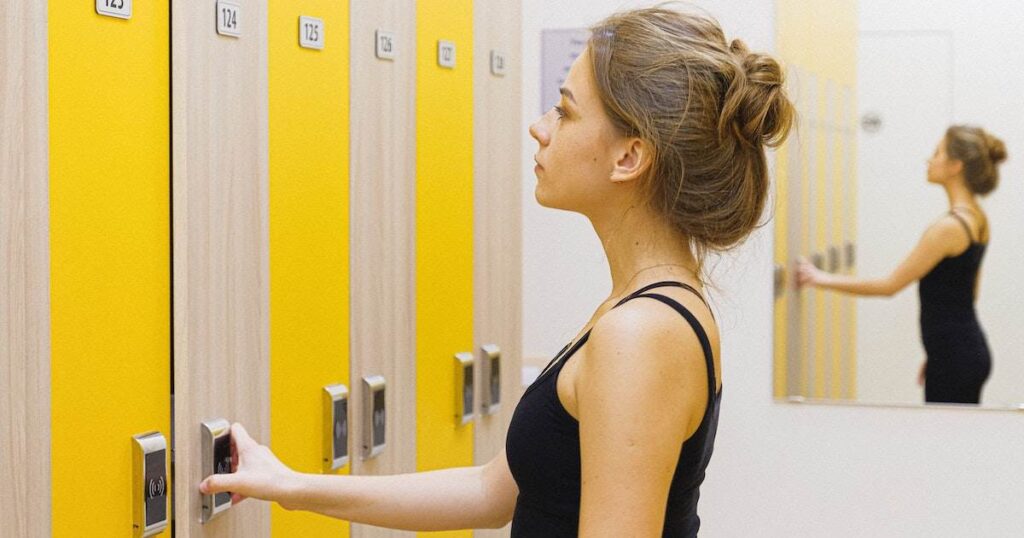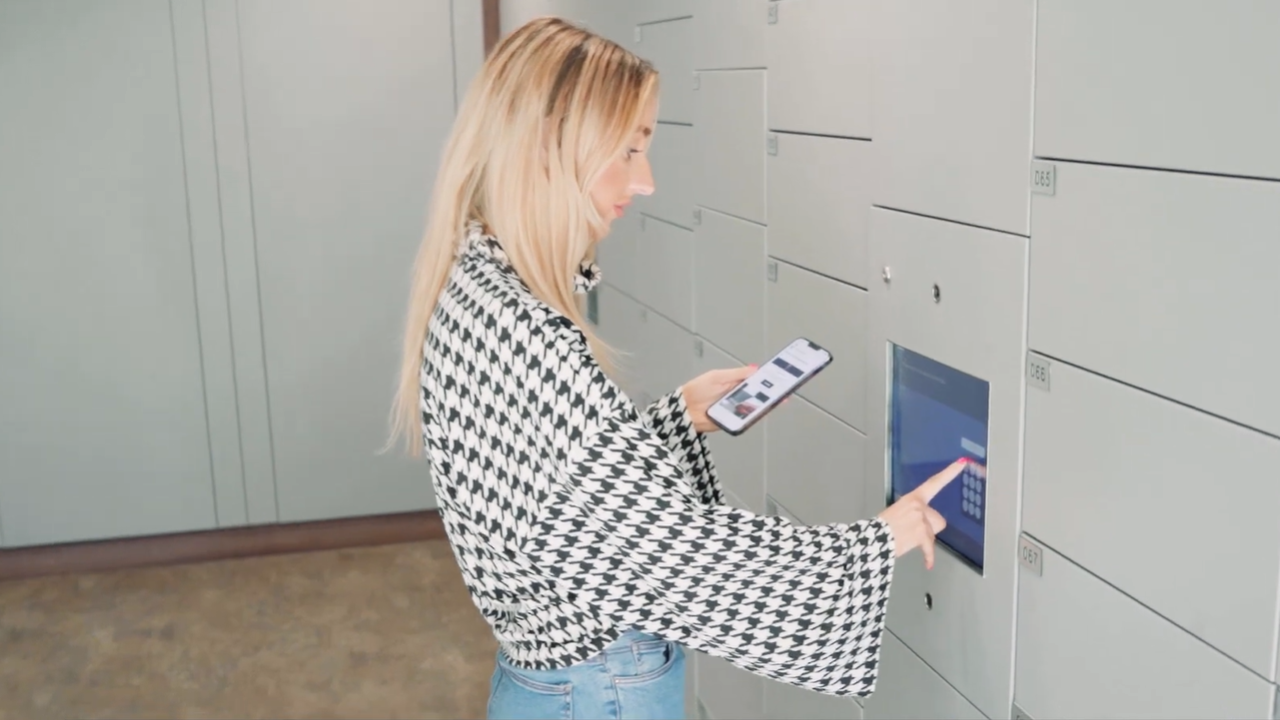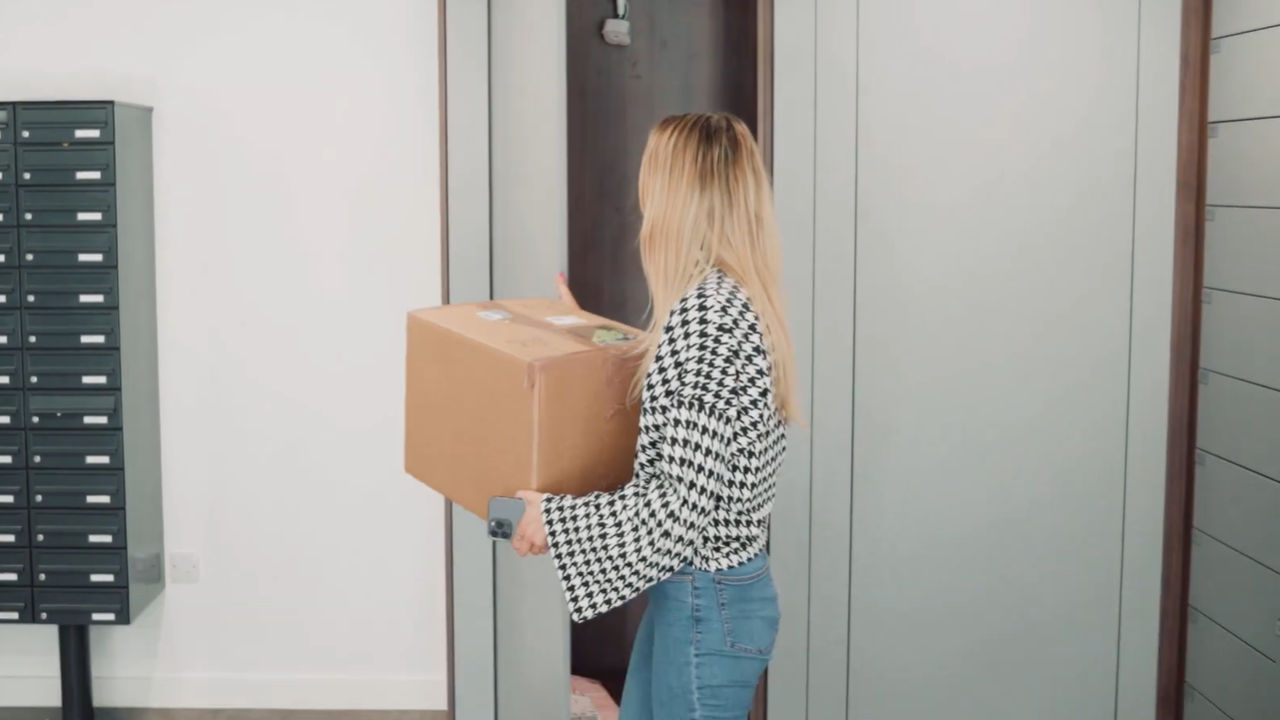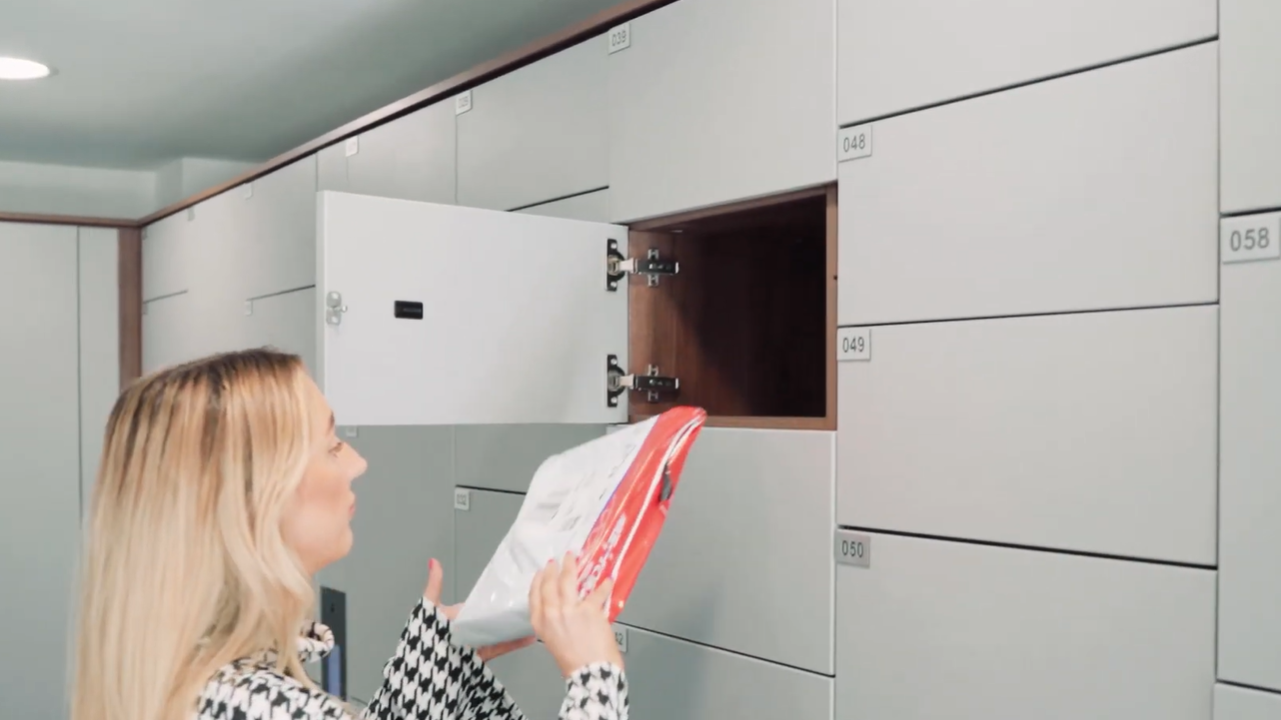
Traditional delivery and the smart locker delivery are quite similar but smart lockers have more digital and security feature. Due to the advancement of e-Business and the Covid-19 Pandemic there is a high rise in exclusive delivery method which give rooms for more innovative ways of parcel delivery. Although, these delivery methods are solely based on consumers preferences but a safe way to manage online shopping deliveries for companies is meeting customers expectation while recipient having a smooth delivery experience.
Table of Contents
What is a smart locker?
A smart locker is a super cool technology that changed how we receive packages. It’s like a fancy storage system that designed to ensure the safety and convenience of parcel deliveries. These lockers come in different sizes and can hold small or big packages. Before, we used to worry about missing a delivery or rushing to the post office. But now, with smart lockers, it’s much easier. When a package arrives, it goes into a locker and the person who’s supposed to get it gets a message on their phone or computer. That way, they know it’s there and can pick it up whenever they want.
The great thing about smart lockers is that they can be put in lots of places like apartments, offices, or malls. They’re made to be easy to use, so people can get their stuff using special codes or digital methods. Smart lockers are awesome because they make sure packages are safe and they have lots of other benefits too. They help stop things from getting lost or stolen, make things work better for delivery companies, and make people happy. People love shopping online, so smart lockers are becoming more and more popular.
What is a traditional delivery method?
It is the transportation of parcels from sender to recipient which could be:
- Home Delivery
- Neighbor’s home delivery
- Retail Shop Delivery
- Post office Delivery
- Office Delivery
- Postal service Delivery
The most popular method is the home delivery because it is hassle-free and convenient for customers. Whenever the recipient is not available, traditional delivery allowed space for other options that aren’t as frequently used. Since recipients cannot always be there, there is a high risk that the package may be lost or stolen. Customers who choose an alternative delivery option could wait in line to collect or deliver their packages at chosen delivery option.
According to a 2019 Statista survey the most frequent issue with parcel deliveries in the United Kingdom, was having to stay at home during an inconvenient time to receive an item followed by a slip stating that nobody could be reached despite being home. 27.7% affirms the inconvenience while26.7% concur about the dropping of slips. 12.99% agrees that parcel was left at an insecure location, 12% of respondent says parcel are not arriving, 7.4% goes with parcel damaged during delivery 7.3% states that parcels are left elsewhere without consent and 6% late deliveries.
Smart lockers on the other hand are a solution to improve the efficiency and flexibility of Deliveries by providing a more secure and effective management system. It also allows users to access it 24 hours a day by digitally interacting with them, using an embedded computer unit, or by using a smartphone to verify identity before gaining access to a locker’s contents. It is a basic unit made up of various locker sizes and shapes and is typically rectangular in design.
Local and international postal services have started adopting smart locker parcel delivery solution in recent years, with a focus on reducing the dangers associated with unattended deliveries. Statista survey also indicates that in the parcel sector the smart lockers market had a value of almost 722.1 million dollars in 2021 and it is anticipated to surpass $1 billion by 2024. This is a massive growth in the industry which is also to reduce loss of belongings and assets.


